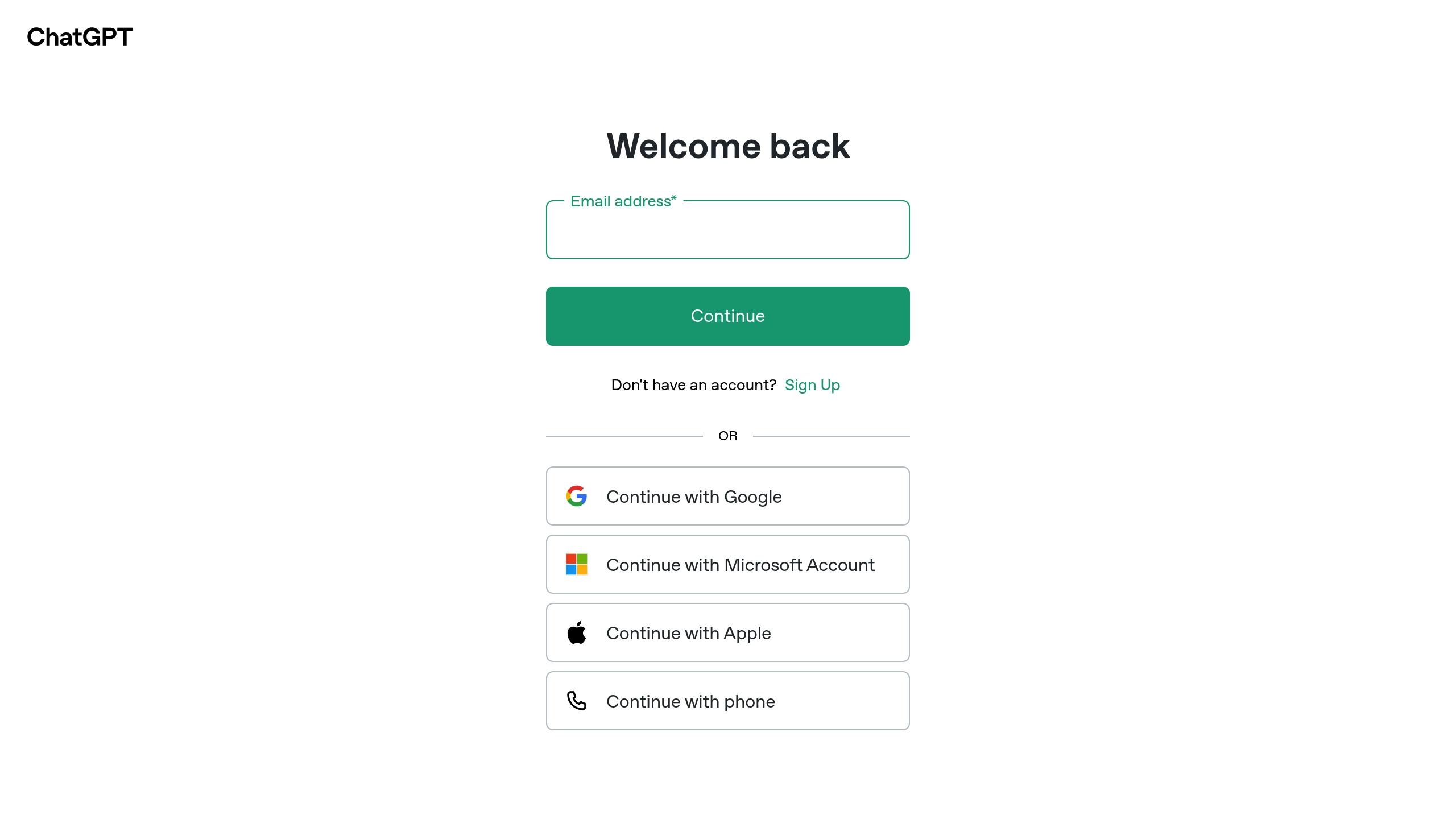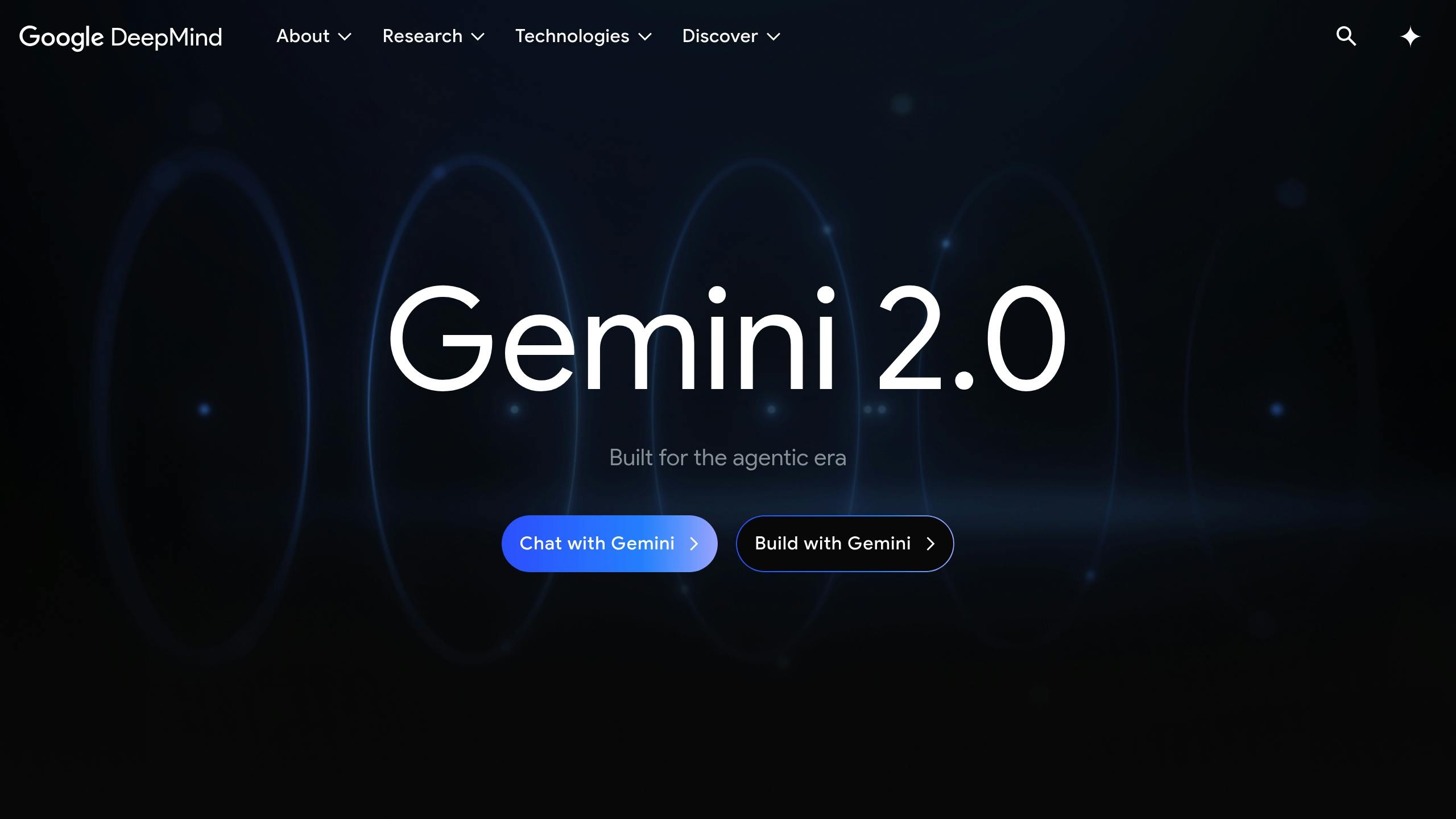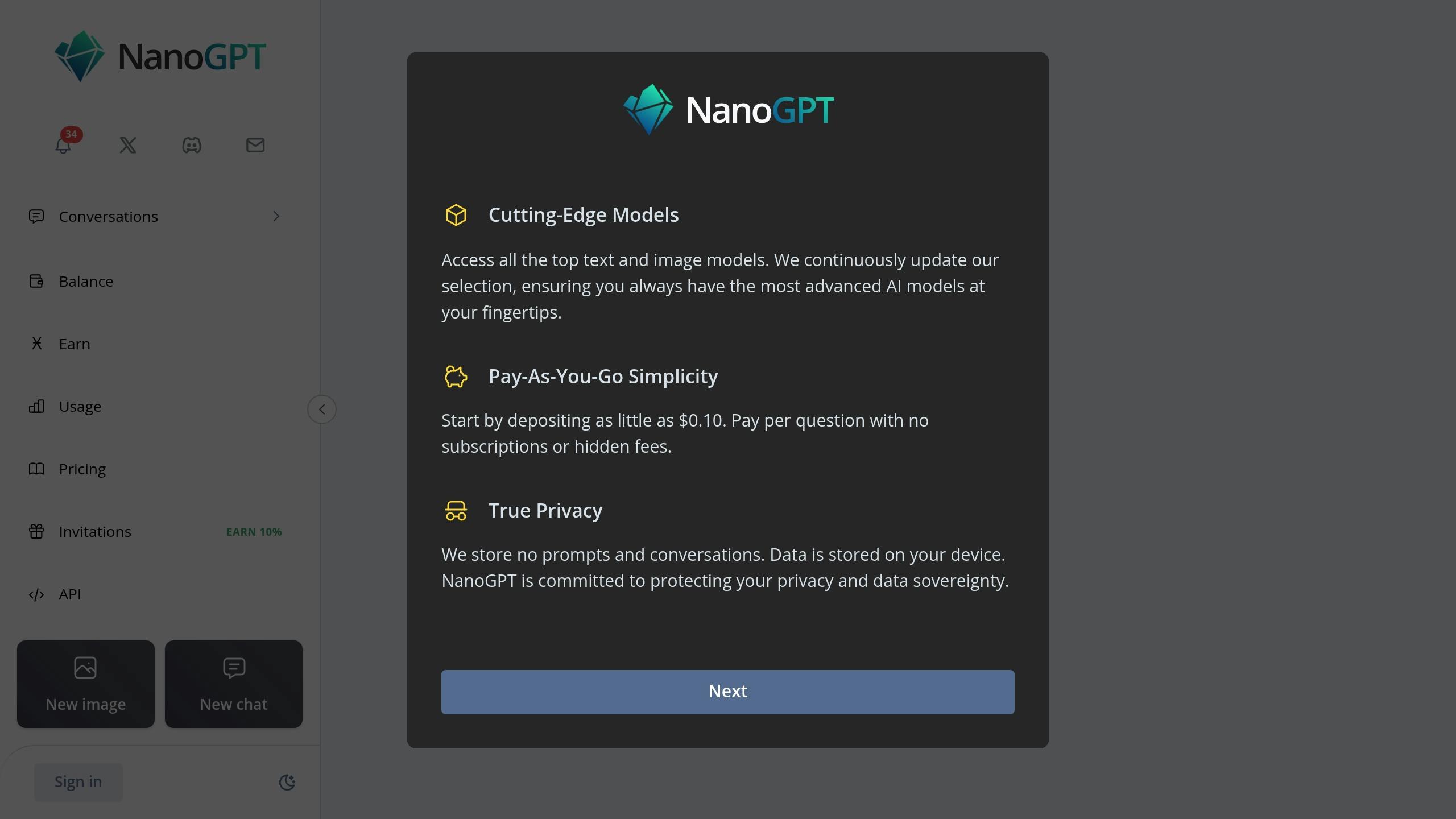Mar 8, 2025
Grasping context is critical for AI performance. ChatGPT (by OpenAI) and Gemini (by Google) are two leading AI models with unique strengths in handling context. Here's a quick summary:
| Feature | ChatGPT | Gemini |
|---|---|---|
| Release Date | Nov 30, 2022 | Dec 6, 2023 |
| Architecture | Transformer (text-focused) | Multimodal Transformer |
| Context Window | 32K tokens | 32K tokens |
| Input Modalities | Text only | Text, images, and code |
| Strengths | Text coherence, dialogue | Multimodal context handling |
| Best Use Cases | Long conversations | Mixed media and technical tasks |
Choose ChatGPT for text-heavy tasks like customer support or technical writing.
Pick Gemini for tasks involving images, diagrams, or frequent context switching.
Platforms like NanoGPT let you access both models for $0.10 per query, offering flexibility based on your needs.

ChatGPT uses a transformer-based architecture to analyze text sequences token by token. It keeps track of conversation history dynamically, enabling it to reference earlier exchanges and maintain a coherent flow. This allows ChatGPT to follow conversation threads, resolve references, and maintain a consistent tone throughout interactions.
However, in longer conversations with complex shifts, ChatGPT can sometimes struggle to manage the evolving context effectively.

Gemini takes a multimodal approach by integrating text, images, and code inputs. It processes these different types of data simultaneously, allowing it to handle context switches more fluidly and connect concepts across multiple formats.
By combining visual data with text, Gemini provides a richer framework for understanding and responding to context. This approach enables it to interpret and integrate information from various sources seamlessly.
| Context Processing Feature | ChatGPT | Gemini |
|---|---|---|
| Input Modalities | Primarily text | Multimodal (text, images, code) |
| Context Capacity | Handles extended text conversations | Processes and integrates information across multiple media |
| Context Retention | Focused on text dialogue continuity | Retains context across text, images, and code |
| Reference Resolution | Strong with textual references | Combines text and visual data for better reference handling |
| Context Switching | May need explicit cues for topic changes | Handles smoother transitions across topics and media |
| Memory Limitations | Limited to the current conversation | Better retention across diverse inputs |
ChatGPT is well-suited for text-focused tasks, while Gemini's ability to work across multiple media types makes it a versatile tool for broader applications.
Building on earlier insights into context processing, real-world tests highlight how each model handles different approaches in practical scenarios.
When faced with unclear queries, ChatGPT tends to ask follow-up questions to clarify intent. On the other hand, Gemini uses multimodal inputs, like visual cues, to interpret the query more directly. While ChatGPT’s method ensures a deeper understanding of user intent, it can make interactions longer. Gemini’s approach often leads to quicker responses but might miss key details if critical context isn't available.
These distinctions become clear when applied to different scenarios.
Tests indicate that ChatGPT is particularly strong in maintaining smooth, coherent conversations, while Gemini stands out in synthesizing diverse inputs for more direct responses. These observations pave the way for a more detailed technical analysis in the sections ahead.
ChatGPT and Gemini differ in how they process and retain context, thanks to distinct design choices and training methods. These differences highlight the unique ways each model handles information and tasks.
Both models rely on transformers but approach their use differently. ChatGPT is fine-tuned for handling text, while Gemini works with multiple input types, including text, images, and code. ChatGPT uses self-attention to maintain context in extended conversations, whereas Gemini employs cross-attention to connect various input forms. Here's a quick comparison:
| Feature | ChatGPT | Gemini |
|---|---|---|
| Architecture Type | Text-focused transformer | Multimodal transformer |
| Context Processing | Sequential text processing | Unified handling of diverse inputs |
| Attention Mechanism | Self-attention | Cross-modal attention |
| Context Handling | Tailored for long text contexts | Handles mixed input types seamlessly |
ChatGPT’s training focuses on vast amounts of text data and is refined using reinforcement learning with human feedback. This ensures its responses are coherent and context-aware during text-based conversations.
Gemini, on the other hand, is trained from the outset on multimodal data, making it ideal for tasks that involve combining text with other formats like images or code. For example, when working with technical documentation that includes both written explanations and diagrams, Gemini can integrate and interpret both elements. ChatGPT, however, excels at producing a smooth and cohesive textual narrative.
Platforms such as NanoGPT provide flexible, pay-as-you-go access to both models, allowing users to switch between them depending on the specific task at hand.
ChatGPT and Gemini are both advancing their ability to handle context, though their exact roadmaps remain under wraps.
OpenAI is rolling out gradual updates to ChatGPT. These include improvements in managing longer conversations and retaining context more effectively.
Google is working on boosting Gemini's capabilities, particularly in handling dynamic and multimodal inputs.

As these AI models advance, platforms like NanoGPT make it easier to access their latest features. NanoGPT offers a pay-as-you-go model starting at just $0.10, giving users affordable access to cutting-edge AI tools like ChatGPT, Gemini, Flux Pro, and more. Here's what NanoGPT brings to the table:
| Feature | Benefit for Context Handling |
|---|---|
| Pay-as-you-go | Experiment with various context scenarios without committing long-term |
| Local Data Storage | Ensures conversation context stays private on your device |
| Multiple Model Access | Compare how different models handle context directly |
| Regular Updates | Stay current with the latest model improvements |
NanoGPT stands out by prioritizing user privacy with local data storage and offering a flexible, no-subscription option. As ChatGPT and Gemini continue to evolve, NanoGPT ensures users can easily tap into their growing capabilities.
Here’s a quick comparison of the two models:
| Aspect | ChatGPT | Gemini |
|---|---|---|
| Support (Conversation History) | Better at keeping track of conversation history and maintaining context over multiple exchanges | Stronger at handling real-time context switching and understanding multiple queries |
| Documentation | Great for maintaining consistent terminology and adhering to standards | Excels at combining varied technical inputs seamlessly |
| Narrative Generation | Produces more consistent and coherent long-form narratives | Handles diverse contextual elements and creative prompts more effectively |
These distinctions can help you decide which tool aligns better with your specific needs.
The right choice depends on your use cases. The table above outlines each model's strengths, making it easier to match them to your requirements.
Other factors to consider:
Ultimately, start by identifying your specific needs, especially around how you handle context. If maintaining a steady flow in customer support conversations is key, ChatGPT is likely your best bet. On the other hand, if you frequently juggle multiple topics or data sources, Gemini’s strengths might be a better match.